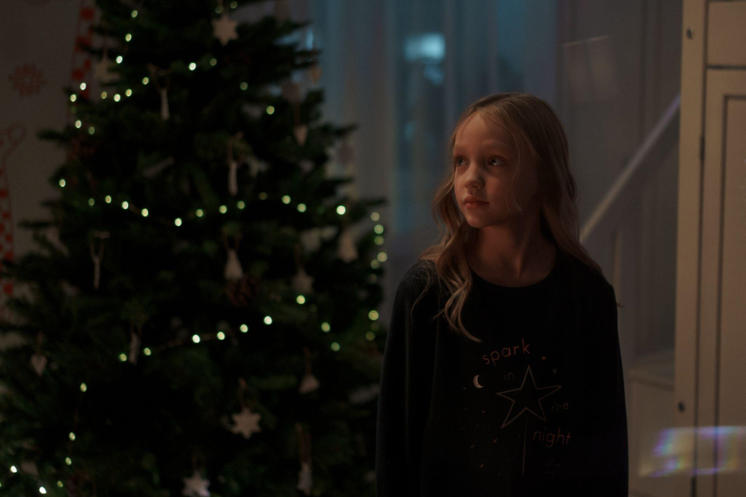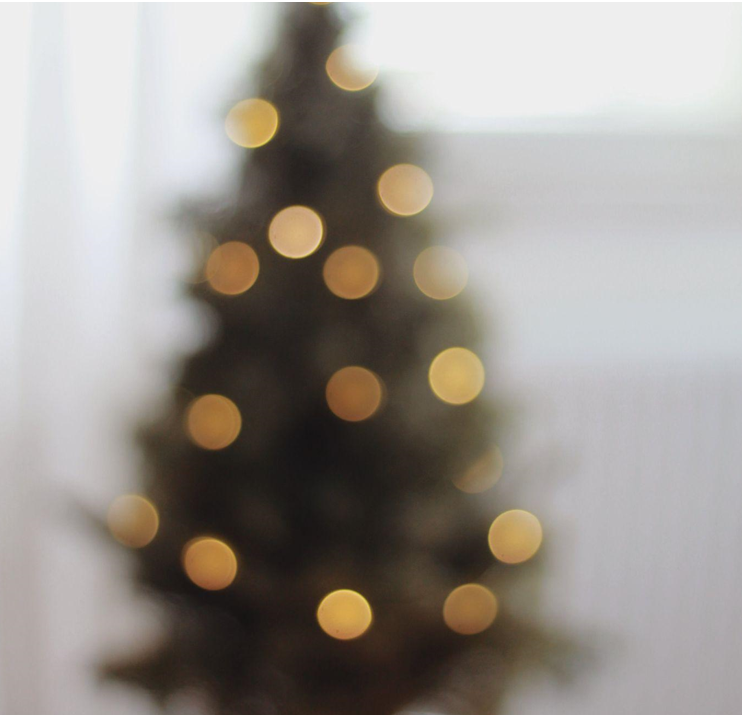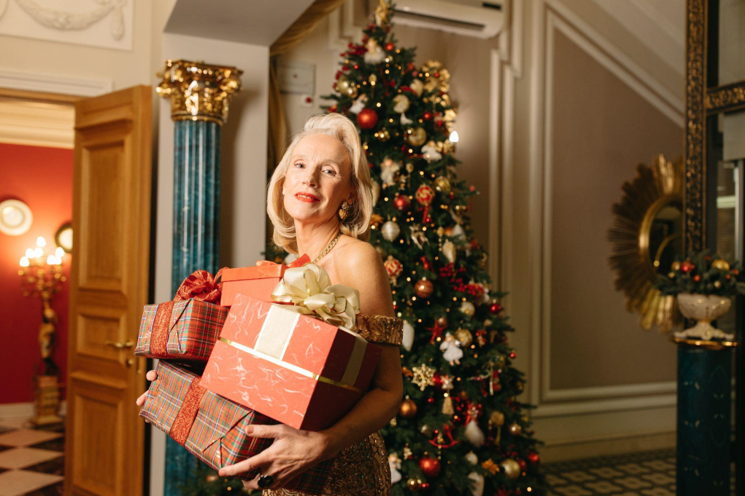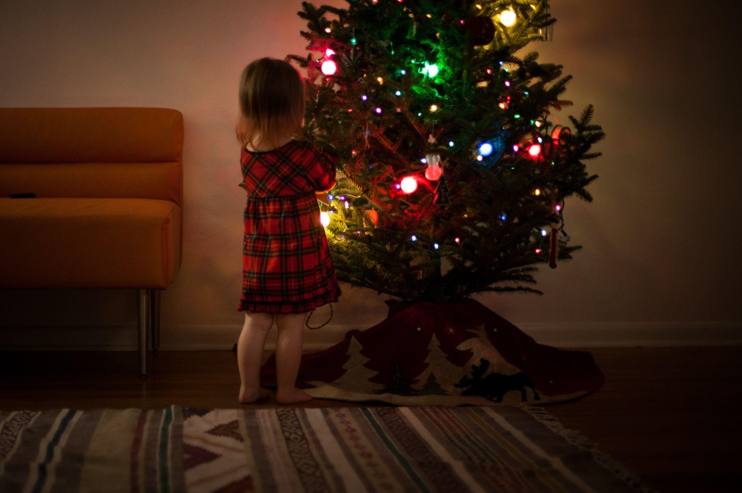Introduction: The Rise of Fake Christmas Trees
Over the past decade, fake Christmas trees have become increasingly popular. Many people have turned to these artificial trees as a more convenient and environmentally-friendly alternative to natural trees. However, did you know that fake Christmas trees can also be used in therapy sessions? This article will explore the benefits of utilizing a fake Christmas tree in therapy and compare it to the most popular natural tree, the Fraser fir.
Using a Fake Christmas Tree in Therapy
Regarding therapy, the environment plays a crucial role in facilitating the process. A setting that promotes relaxation and reduces anxiety can aid the therapist in implementing effective techniques. A fake Christmas tree can be the perfect addition to this environment – it provides a warm and welcoming atmosphere that can help patients feel at ease.
CBT (Cognitive Behavioral Therapy), DBT (Dialectical Behavioral Therapy), and mindfulness techniques have all been shown to be effective in reducing anxiety and depression, disorders that are at the forefront of mental health issues. Introducing a fake Christmas tree can enhance the impact of these techniques by promoting relaxation and encouraging patients to engage in mindfulness practices.
When compared to natural trees, fake Christmas trees offer several advantages. Firstly, they don’t shed needles, which can significantly irritate individuals with allergies or other respiratory problems. Secondly, they can be easily cleaned and maintained, increasing convenience. Finally, their long lifespan makes them an affordable and sustainable option, whereas natural trees must be replaced yearly.
The Fraser Fir Tree
While the benefits of using a fake Christmas tree are clear, many still prefer the traditional natural tree. The Fraser fir is the most popular natural Christmas tree in North America due to its pleasing aroma, attractive appearance, and ability to last several weeks. It is a staple of the Christmas season and is often associated with a warm and familiar feeling.
However, when compared to the fake Christmas tree, there are some disadvantages to the Fraser fir. As mentioned earlier, its needles can irritate those with respiratory issues, and its lifespan is usually limited to a few weeks. Additionally, it is more expensive than a fake tree and can be challenging to transport.
Conclusion
In conclusion, while the Fraser fir is a beloved Christmas tradition, using a fake Christmas tree in therapy sessions can be beneficial in helping therapists to implement CBT, DBT, and mindfulness techniques. A phony tree’s convenience, affordability, and sustainability make it an attractive alternative to natural trees. Whether you choose a fake or natural tree, the most important thing is to create a calming environment that promotes relaxation and healing.




